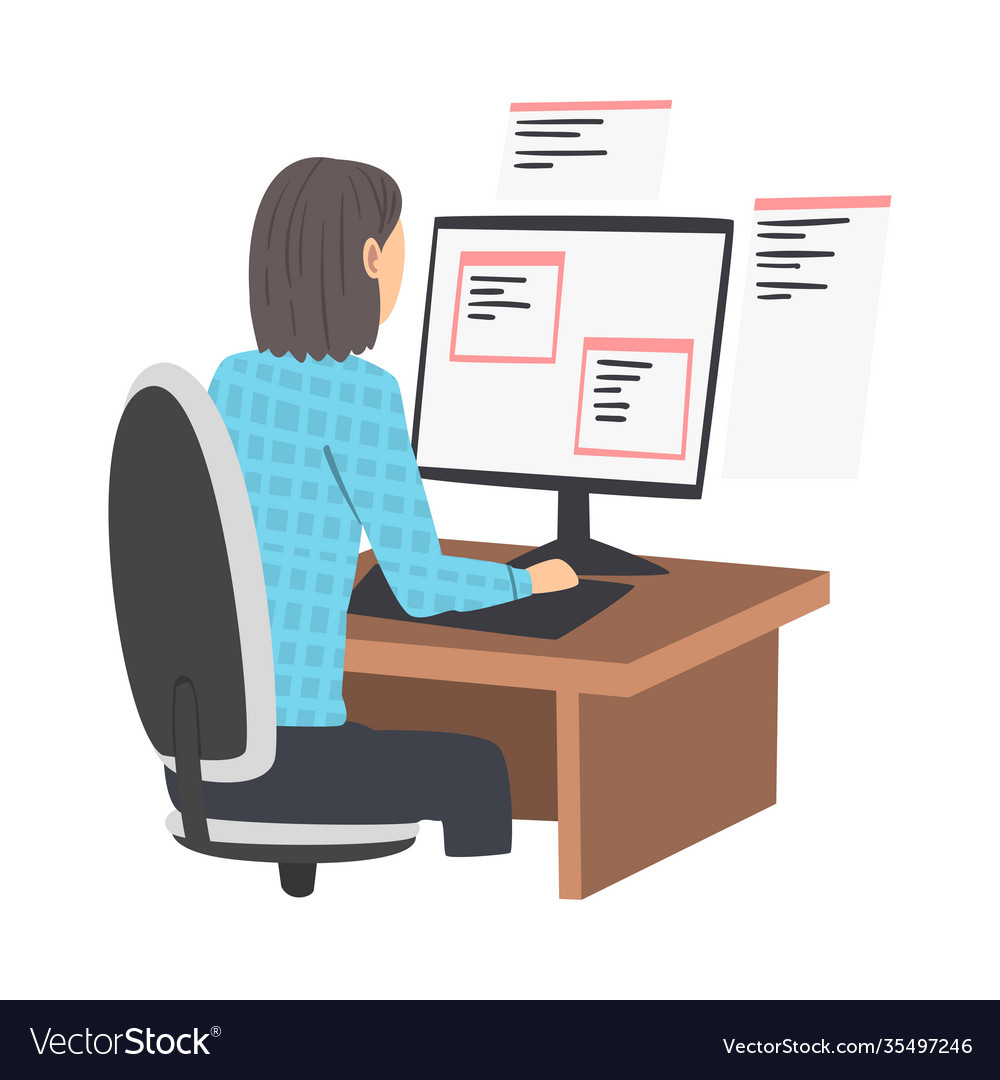Locating the Perfect Software Development Partner for Innovative Solutions
Locating the Perfect Software Development Partner for Innovative Solutions
Blog Article
Devoted Developers vs. In-House Teams: Which Is Right for You?
The choice in between utilizing dedicated developers and keeping an internal group is a considerable one that can affect the trajectory of your jobs and total business technique. Committed developers offer a degree of adaptability and specific knowledge that can be advantageous for particular, short-term campaigns. Alternatively, in-house teams add to a natural business society and a nuanced understanding of long-lasting objectives. By analyzing crucial elements such as budget plan, task extent, and preferred control, you can much better establish which approach aligns with your organizational requirements. Nevertheless, the implications of this choice expand past immediate outcomes-- consider the wider influence on your service landscape.
Comprehending Dedicated Designers
The expanding need for specialized skills in the technology sector has actually resulted in the introduction of specialized designers as a viable solution for several organizations. These professionals are normally acquired on a project basis, permitting companies to leverage certain experience without the long-lasting dedication connected with permanent hires. Devoted programmers are usually ingrained within a client's group, providing adaptability and scalability to meet job needs.
This model allows organizations to access a global skill swimming pool, which is particularly helpful in a quickly progressing technological landscape. Committed designers can be sourced from different geographical places, making certain that firms can find the best ability at affordable prices. They frequently bring a wealth of experience and expertise, having worked with varied jobs throughout different sectors.
Furthermore, devoted programmers can focus specifically on the tasks handy, boosting performance and efficiency. They are geared up to incorporate flawlessly right into existing process, working together very closely with internal groups to attain job goals. This approach not only reduces the burden of recruitment and training however additionally allows companies to remain active, adjusting swiftly to transforming market needs and technological advancements.
Advantages of In-House Teams

Moreover, internal groups tend to have a much deeper understanding of the business's goal, values, and objectives. This alignment can improve worker engagement and motivation, as group participants really feel much more connected to their job and the organization's success. Furthermore, having a dedicated internal group permits far better placement of purposes and methods, as these members are consistently concentrated on the company's priorities.
Internal teams additionally promote quicker decision-making procedures, as they can respond more swiftly to modifications and challenges. The well established partnerships and familiarity with company procedures permit structured operations and lowered miscommunication. Inevitably, the combination of a natural culture, alignment with organizational objectives, and reliable communication makes in-house teams a valuable asset for numerous companies, specifically those seeking to grow lasting growth and advancement.
Expense Considerations
When examining price considerations, both in-house teams and devoted designers existing distinctive economic effects for organizations. Engaging this page dedicated developers normally includes a pay-per-project or hourly rate design, which can be cost-efficient for businesses with fluctuating project needs. This strategy enables versatility in scaling resources up or down, making sure that companies only pay for the services they need.
In comparison, in-house groups involve fixed expenses, consisting of wages, benefits, and overhead expenses such as workplace area and tools. While this version supplies better control and prompt accessibility of resources, it might lead to higher long-lasting costs, specifically if the work does not warrant a full-time staff.
In addition, companies ought to take into consideration the concealed expenses connected with recruitment and training of internal workers, which can even more stress budgets. Sometimes, the time and sources invested in taking care of an in-house team can diminish the organization's core company objectives.

Task Monitoring and Versatility
Task administration and adaptability are essential variables that affect the selection in between devoted developers and internal teams. Dedicated groups frequently have established procedures for handling jobs efficiently, leveraging particular methodologies like Agile or Scrum, which facilitate repetitive progression and versatility.

Eventually, the choice in between internal teams and devoted programmers rests on the preferred level of versatility and the particular task monitoring needs. Business should assess their functional characteristics, job complexity, and source availability to identify which option straightens ideal with their critical objectives.
Making the Right Choice
Choosing the best microsoft product development development strategy-- internal teams or specialized programmers-- needs a careful assessment of different elements that align with a company's tactical objectives. software development partner. Initially, think about the nature of the project. Committed developers might be a lot more appropriate if it demands specialized abilities or a fast scale-up. Conversely, in-house groups can supply better continuity and combination with existing employees.
Next, evaluate your budget plan. Dedicated designers typically present a cost-efficient service for temporary tasks, while internal teams might incur higher long-lasting expenditures as a result of salaries, benefits, and overhead expenses. Analyze the degree of control and collaboration wanted; in-house teams normally foster more powerful interaction and placement with firm culture.
If prompt results are essential, specialized developers can be onboarded swiftly, whereas building an internal team takes time for recruitment and training. If constant development is crucial, spending in an in-house group may produce far better returns over time.
Verdict
In final thought, the decision in between committed developers her explanation and in-house teams hinges on task needs and business goals. Conversely, in-house groups grow a cohesive society and deeper alignment with long-lasting goals.
The decision in between using devoted developers and keeping an internal team is a substantial one that can influence the trajectory of your projects and total business method.Task monitoring and versatility are critical variables that influence the choice between internal teams and specialized designers. software development partner.In contrast, internal groups may stand out in keeping a constant task administration structure due to their familiarity with the organization's society and lasting objectives. Committed designers often offer an economical solution for short-term tasks, while internal groups might incur greater lasting expenses due to salaries, benefits, and overhead expenses.In conclusion, the choice between internal groups and dedicated programmers hinges on job needs and business objectives
Report this page